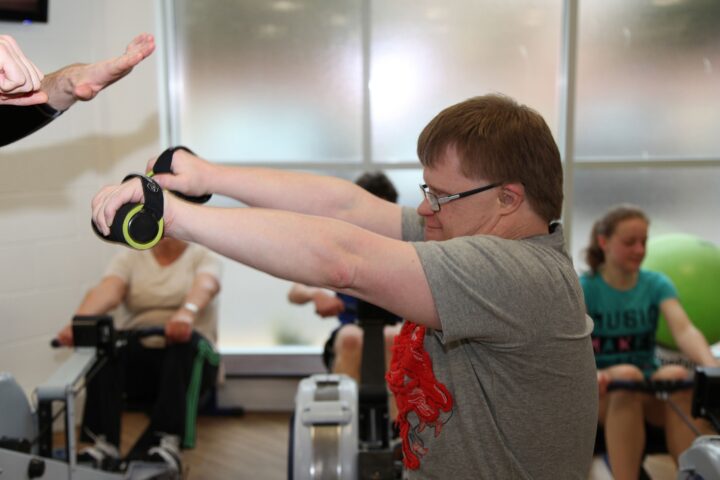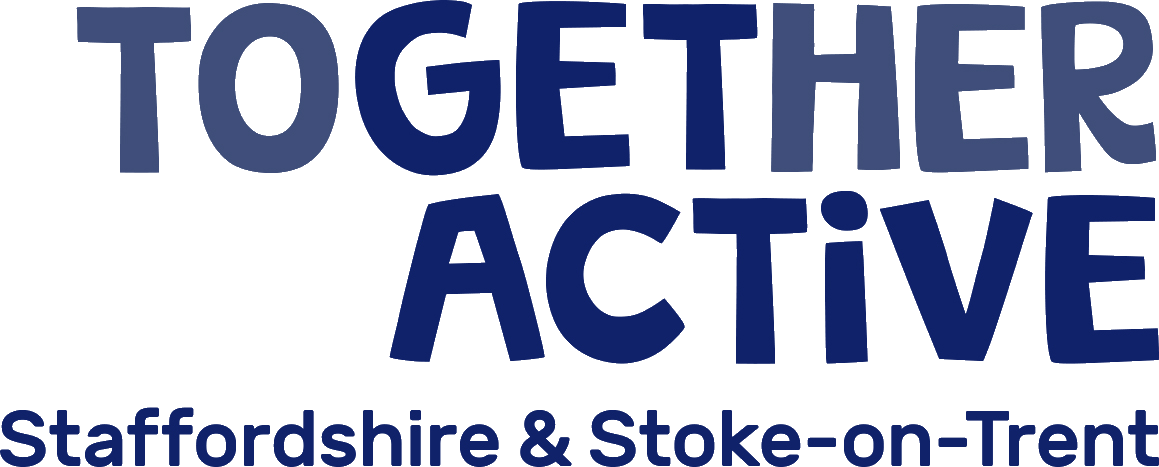Huge pandemic impact to disabled people in sport and leisure
Leading voice for disabled people in sport and activity, Activity Alliance, is seriously concerned about the potential long-term damage on the nation’s least active. Following the release of the national charity’s latest Annual Disability and Activity Survey, they are urging decision makers in sport and leisure to prioritise disabled people in the recovery from the pandemic. The new research shows twice as many disabled people felt that coronavirus greatly reduced their ability to do sport or physical activity compared to non-disabled people.
Evidence shows disabled people’s lives have been the hardest hit by COVID-19, who make up two-thirds of the deaths from coronavirus. It has led to many disabled people, who count for one in five of the population, feeling more fearful and ignored.
The stark impact of this crisis on disabled people’s attitudes towards sport and activity is clear in Activity Alliance’s latest Annual Survey. This unique survey explores disabled and non-disabled people’s activity and views to help grow insight and shape future opportunities.
Prior to the pandemic, more disabled people recorded being active than ever before. Yet, disabled people are still twice as likely as non-disabled people to be inactive.

This year’s survey results show how the pandemic is not only widening existing inequalities for disabled people but creating new ones too. Key findings include:
- Disabled people felt that they do not have the opportunity to be as active as they want to, compared to non-disabled people (29% vs 44%).
- Almost a quarter stated that they had not received enough information about how to be active during the pandemic (23% vs 13%).
- Respondents said the lack of activity has led to both their physical and mental health being harder to manage. Feelings of loneliness and social isolation were frequently voiced.
- A fear of contracting the virus, the impact on their health, a lack of space and support to be able to exercise safely at home, have become significant barriers for disabled people.
Barry Horne, Chief Executive at Activity Alliance, commented on the latest research:
“The benefits of being active are clear. It matters for everyone’s physical and mental health and has enormous impact on our daily lives. So, it is never acceptable that disabled people should not reap these benefits too.
“We appreciate we have a national crisis on our hands and leaders need to make tough decisions in sport and leisure. But we have not heard near enough about the impact on disabled people’s lives during the pandemic. No disabled person should ever feel forgotten or overlooked in the communities we all serve.
“That’s why this insight is so important. We have listened to disabled people and urge decision makers to do the same, and act swiftly upon the findings. If we do not act now, we will witness inequalities widen even further, or unthinkably they may become irreversible. Prioritising disabled people is the only way to prevent this from happening. Every plan, every action and every penny spent must be tested against its impact on disabled people’s activity.”
The Annual Survey follows Sport England launching their 10-year strategy, Uniting the Movement, which highlights their ambition to tackle inequalities, especially for inactive people. This ties closely to the values of Together Active and our ambitions for the future.
Jude Taylor, Chief Executive at Together Active said on this latest research:
“The findings of this survey are very troubling. It’s clear that as a sector we have work to do to reengage the disabled community and create more accessible routes to physical activity and sport.”
“It’s a tragedy that at a time when physical activity has been emphasized as a way to support mental health when most other support mechanisms are unavailable, those who would most benefit have felt forgotten.”
“Together Active has been working hard throughout the pandemic to support our clubs and groups so that they can be there for their local communities when the lockdowns have ended. We are working closely with them to ensure that accessible activities are clearly signposted through our Active My Way activity finder, and with our local social prescribers network to create a bridge between physical activity and the health service. We hope this will be a step towards removing the barriers disabled people face to being more active.”
The full report is available to view at www.activityalliance.org.uk/annual-survey
Read next: Being active with long-term health conditions and disabilities


